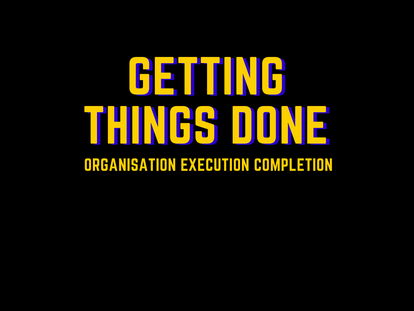The 4 Levels of Reading: Mastering the Art of Literary Love
- Mayank Mittal
- Aug 5, 2024
- 3 min read
by Eternalramblings, the book-hoarding, knowledge-thirsty millennial
Introduction: Confessions of a Book Hoarder
Picture this: It’s a rainy Sunday afternoon, and I’m nestled in my favourite chair, surrounded by towering stacks of books. It is really becoming a towering stack that looms over me in my room. To the casual observer, it might look like I’m auditioning for a reality show on hoarders, but in reality, I’m deeply engrossed in the literary world. My love for reading and learning has led me to collect books like a dragon hoards gold. Today, I’m excited to share with you Mortimer Adler’s four levels of reading, a framework that has transformed my approach to devouring books and made it a more meaningful struggle against the infinite amount of knowledge available.
Level 1: Elementary Reading – The ABCs of Literature
Let’s start at the very beginning, a very good place to start. Elementary reading is all about the basics. Think of it as learning to walk before you run, or in my case, figuring out how to stack my book collection without it toppling over.
What It Is:
Elementary reading is the foundational level where you learn to decode letters and words, comprehend simple sentences, and grasp basic narratives. It’s the stage where you move from “See Spot run” to “Spot runs fast.”
Example:
Remember your first book? Mine was a dog-eared copy of “Why the star are pointy?” At this stage, I was just thrilled I could follow along and turn the pages without getting too distracted by the illustrations.
Analogy:
Think of elementary reading as learning to ride a bike with training wheels. It’s wobbly, sometimes frustrating, but utterly exhilarating when you finally get the hang of it.
Level 2: Inspectional Reading – Speed Dating with Books
Next up, we have inspectional reading, which is all about getting the gist of a book without committing to a long-term relationship. It’s like speed dating for bibliophiles.
What It Is:
Inspectional reading involves skimming and superficial reading. You’re not diving deep; you’re just dipping your toes in to decide if the water’s warm enough for a swim. It’s about understanding the structure and main ideas without getting bogged down in the details.
Example:
Picture me in a bookstore, surrounded by potential new additions to my collection. I pick up a book, read the introduction, glance through the chapters, maybe even sample a few paragraphs. If it sparks joy (thanks, Marie Kondo!), it comes home with me.
Analogy:
Inspectional reading is like window shopping. You’re browsing, getting a sense of what’s out there, and deciding what deserves a closer look.
Level 3: Analytical Reading – The Deep Dive
Now we’re getting serious. Analytical reading is where you dive deep into a book, dissecting its every element, and savoring each page like a fine wine.
What It Is:
Analytical reading involves critical thinking and detailed analysis. You’re not just reading for the plot; you’re examining themes, evaluating arguments, and making connections. It’s the literary equivalent of a gourmet meal – you savour every bite.
Example:
Take my all-time favourite, “1984” by George Orwell. During my analytical read, I took notes, highlighted passages, and even debated the book’s themes with fellow book nerds. It’s about understanding the book on a profound level.
Analogy:
Analytical reading is like solving a complex puzzle. Each piece is carefully examined and placed, leading to a deeper appreciation of the whole picture.
Level 4: Synoptic Reading – The Grand Synthesis
Finally, we reach the pinnacle of reading mastery: synoptic reading. This is where you take multiple books on a subject and synthesize the information to gain a broader understanding.
What It Is:
Synoptic reading involves comparing and contrasting different works, identifying common themes, and constructing a comprehensive view of a subject. It’s like creating a tapestry from various threads of knowledge.
Example:
Imagine me surrounded by a dozen books on productivity (a personal obsession). By reading and comparing these books, I develop my own insights and strategies that are richer and more nuanced than any single book could provide.
Analogy:
Synoptic reading is like conducting an orchestra. Each book is an instrument, and together they create a symphony of understanding.
Conclusion: Embrace the Reading Journey
Whether you’re just starting with elementary reading or diving into the depths of analytical and synoptic reading, each level has its own joys and challenges. As a book-loving, knowledge-thirsty millennial, I can attest to the transformative power of these reading levels. They’ve enriched my understanding, fuelled my curiosity, and, yes, contributed to my ever-growing book collection.
So, fellow bibliophiles, embrace these four levels of reading. Explore new worlds, expand your horizons, and most importantly, enjoy every page-turning moment.
About Eternalramblings: A young productivity coach, voracious reader, and unapologetic book hoarder. Learning, implementing, and sharing is my mantra. Join me in this journey of literary love and accidental productivity!



Comments